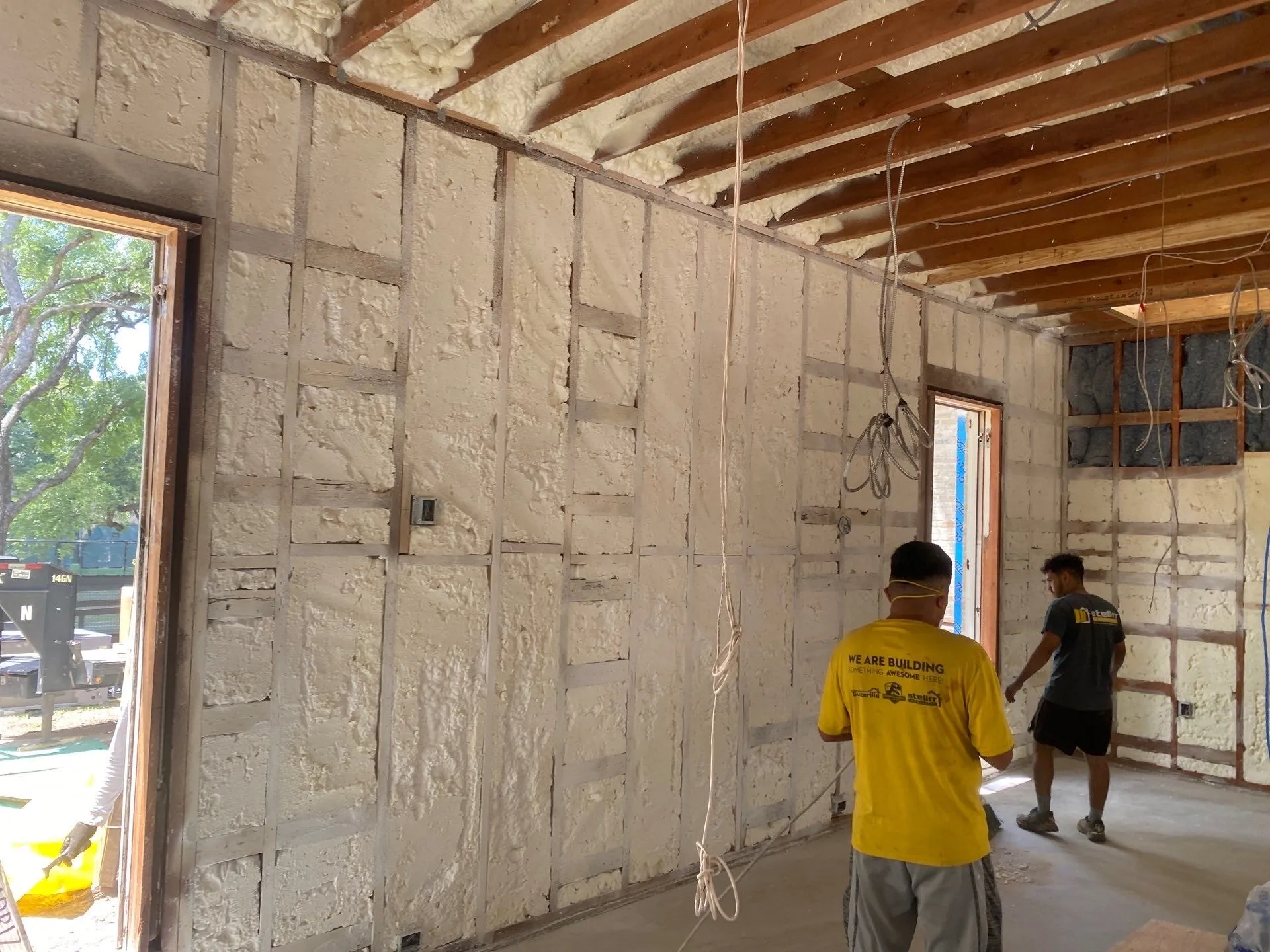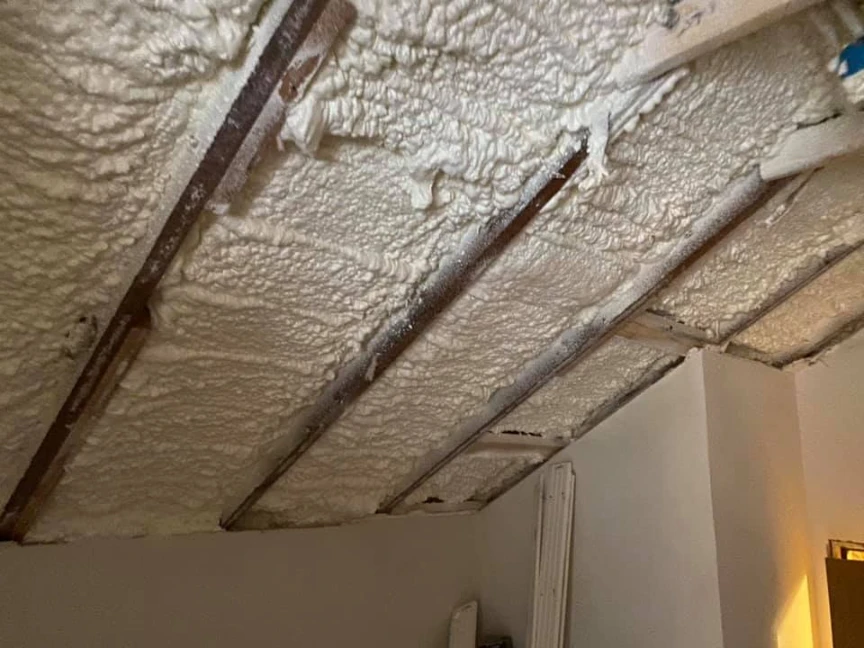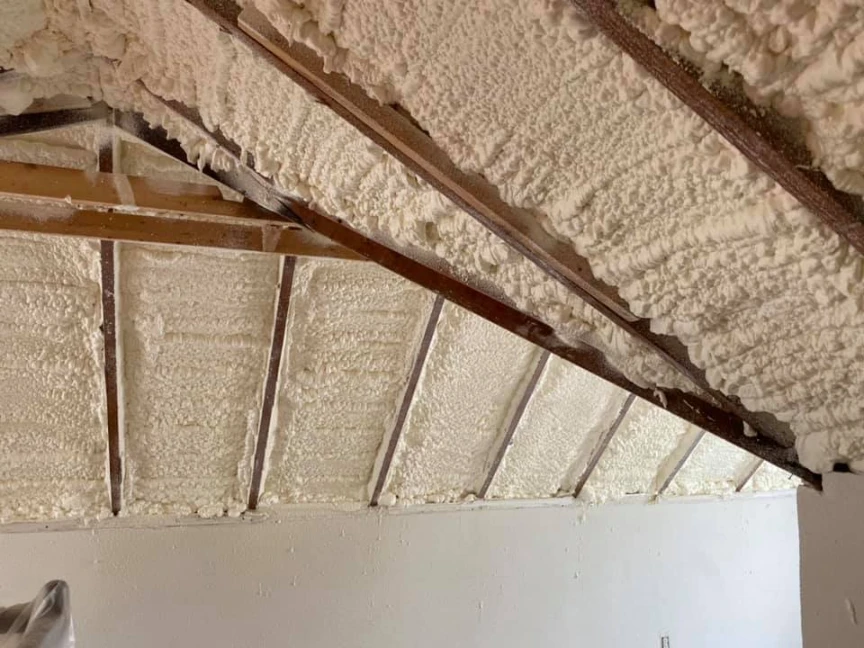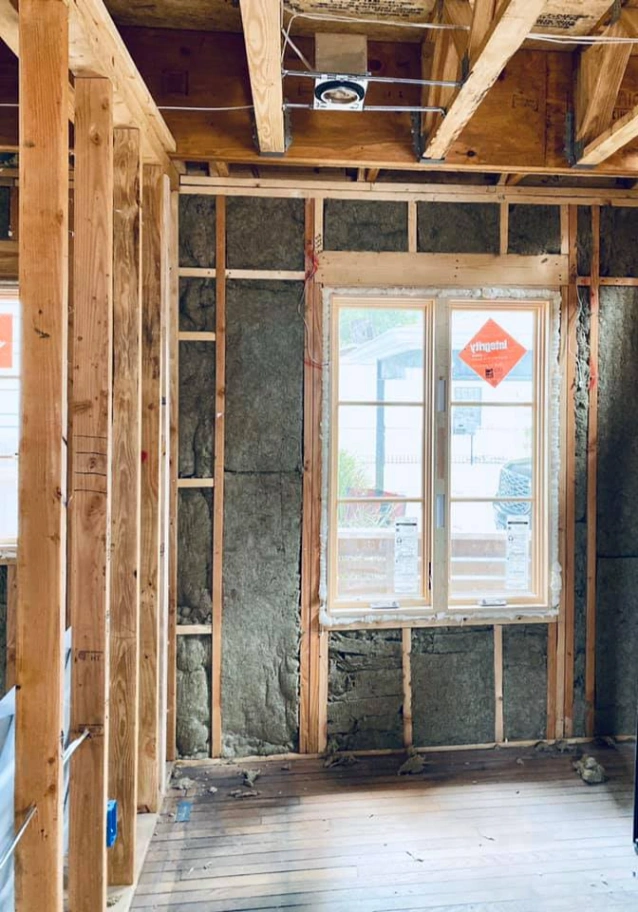If you’ve ever cranked up the heat in winter only to watch your energy bills climb, or sweated through a humid summer without relief, spray foam insulation might be the game-changer your home or building needs. This material seals air leaks, blocks moisture, and creates a tight thermal barrier that keeps indoor spaces comfortable year-round. Unlike traditional insulation like fiberglass batts, spray foam expands to fill every nook and cranny, offering superior performance in energy efficiency and durability.
Spray foam insulation has gained popularity because it addresses common pain points in older structures or new builds. Property owners often face drafts, uneven temperatures, and rising utility costs—issues that spray foam tackles head-on. According to the U.S. Department of Energy, homes with proper insulation can cut heating and cooling expenses by up to 30%. That’s real savings over time, plus added comfort and even potential increases in property value.
This guide draws from years of practical work in the field, pulling together everything you need to know about installing spray foam insulation. You’ll start with the basics: what it is, the different types available, and why it stands out. From there, you’ll get a detailed walkthrough of the installation process, key best practices to follow, and tips for picking a reliable contractor. We’ll cover potential pitfalls and how to avoid them, plus ways to measure the return on your investment. By the end, you’ll have answers to common questions and clear steps to move forward confidently.
Whether you’re a homeowner renovating your space or a property manager upgrading a commercial building, this resource equips you with the knowledge to make informed decisions. To start with the basics, let’s examine how spray foam insulation works at a molecular level. Let’s dive in and explore how spray foam can transform your property’s performance.
Understanding Spray Foam Insulation
Spray foam insulation starts as a liquid mixture of two chemicals—typically polyol resin and isocyanate—that react and expand when sprayed onto surfaces. This expansion, which happens almost instantly, fills gaps and hardens into a solid foam. The result is a seamless barrier that sticks to wood, concrete, metal, and more, without needing separate vapor barriers or facings.
You might wonder why choose spray foam over other options. It excels at air sealing, which is critical because air leaks account for 25-40% of a home’s energy loss, as noted in a study by the Building Science Corporation. Traditional insulations often leave tiny openings, but spray foam eliminates those, leading to better humidity control and fewer allergy triggers from dust and pollen.
Beyond energy savings, spray foam adds structural strength. In attics or walls, it can reinforce framing against wind or seismic activity. For property owners in variable climates, this means fewer repairs and longer-lasting envelopes. But success hinges on proper application—rushed jobs can lead to off-gassing or uneven coverage, so understanding the fundamentals sets the stage for everything else.
Why Spray Foam Matters for Your Property
Consider a typical scenario: a mid-sized home in a temperate zone loses heat through its roof and walls, forcing the HVAC system to work overtime. Installing spray foam can drop that energy use significantly. Data from the Oak Ridge National Laboratory indicates that spray foam retrofits in existing homes achieve R-values up to 6.5 per inch, outperforming fiberglass by 50% in real-world tests.
This isn’t just about comfort—it’s a smart financial move. With global construction insulation markets projected to reach $28 billion by 2027, driven by demands for sustainability, spray foam represents a forward-thinking choice Grand View Research. Property owners who prioritize it often see quicker paybacks on investments, especially with incentives like tax credits from the Inflation Reduction Act.
Key Takeaways:
- Spray foam seals air leaks better than most alternatives, cutting energy loss by 25-40%.
- It provides high R-values and added structural benefits for long-term durability.
- Market trends show growing adoption for sustainable building practices.
Types of Spray Foam Insulation
Not all spray foams are the same. It fall into two main categories: open-cell and closed-cell, each suited to different needs based on density, R-value, and application.
Open-cell foam is lighter, with an R-value around 3.5 to 4 per inch. It expands more—up to 100 times its liquid volume—making it flexible and sound-absorbing. This type works well in walls or floors where soundproofing matters, like in multi-family units. However, it’s more permeable to moisture, so it’s best in dry climates or with proper ventilation.
Closed-cell foam, denser at 1.7 to 2 pounds per cubic foot, offers an R-value of 6 to 7 per inch. It expands less but acts as a vapor barrier, ideal for basements, roofs, or areas prone to water exposure. The trade-off is higher cost and rigidity, which can make it less forgiving if your structure shifts.
| Type | R-Value per Inch | Density | Best Uses | Pros | Cons |
|---|---|---|---|---|---|
| Open-Cell | 3.5-4 | 0.5 lb/ft³ | Interior walls, attics | Affordable, sound-dampening, flexible | Lower R-value, moisture permeable |
| Closed-Cell | 6-7 | 1.7-2 lb/ft³ | Basements, roofs, exteriors | High insulation, waterproof, structural | More expensive, rigid |
This table highlights the choices you face. For a quick attic fix, open-cell might suffice; for a flood-prone crawlspace, go closed-cell.
Expert Tip: Test a small area first if mixing types. In hybrid installs, open-cell inside walls pairs with closed-cell on exteriors for balanced performance without overkill costs.
Once you’ve selected the appropriate type, the next step is mastering the installation process.
The Installation Process Step by Step
Installing spray foam requires precision, starting with site prep and ending with quality checks. Here’s how it unfolds in a standard project.
Preparation and Safety Measures
Begin by assessing your space. Identify areas like attics, walls, or rim joists where insulation will go. Clear debris, cover vents, and protect windows—foam sticks to everything. Wear PPE: respirators, gloves, and suits, as the chemicals are irritants until cured.
Ventilation is key during application to manage fumes. Turn off HVAC systems and seal off living areas. For DIY enthusiasts, kits exist, but pros handle large jobs for uniform results.
Applying the Foam
Contractors use a spray gun connected to tanks of the two components. They mix at the nozzle, spraying in layers to avoid over-expansion. Start from the bottom up in walls to prevent drips. Aim for 2-3 inches in most spots, adjusting for local codes—many require R-38 in attics.
Curing takes 24 hours; full hardness in days. Monitor temperature—below 60°F slows expansion, above 100°F risks scorching.
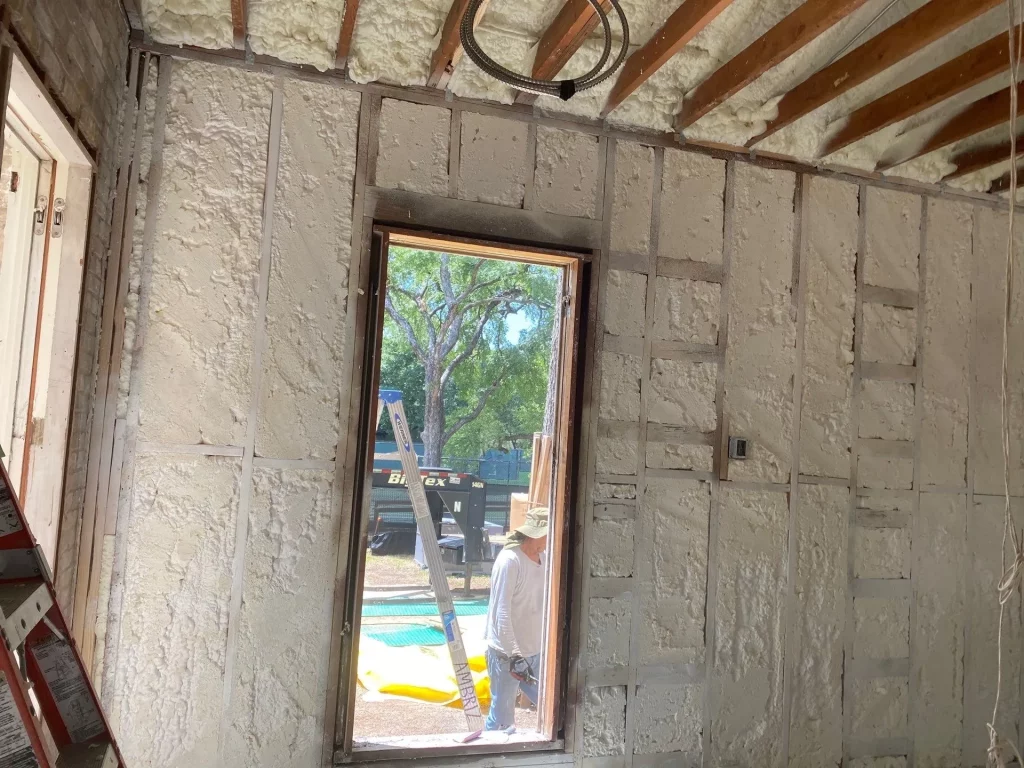
Post-Installation Checks
Inspect for gaps or voids using a thermal camera. Clean up overspray with solvents before it hardens. Test air tightness with a blower door to confirm improvements.
Expert Tip: Document everything with photos. This helps if issues arise later, and some insurers offer discounts for verified installs.
Best Practices for Successful Installation
To get the most from spray foam, follow these practices that pros rely on daily.
Prime surfaces for adhesion—dusty or oily spots weaken bonds. Control ambient conditions: 70-80°F and low humidity ensure even expansion. Spray in passes, letting each layer tack up before the next, to build thickness without slumping.
Incorporate flashings around penetrations like pipes or wires. For roofs, add a thermal barrier like drywall to meet fire codes. Always comply with local building standards; in seismic zones, reinforce connections.
Market data backs this: Properly installed spray foam reduces HVAC loads by 15-20%, per research from the National Insulation Association National Insulation Association. That’s lower bills and less wear on systems.
Key Takeaways:
- Prep thoroughly and maintain ideal conditions for best adhesion.
- Layer applications carefully to achieve even coverage.
- Verify compliance with codes for safety and performance.
Expert Tip: Use infrared thermography post-install. It spots cold bridges early, saving costly callbacks.
Selecting the Right Contractor
Choosing a contractor separates a solid install from a headache. Look for certifications from the Spray Polyurethane Foam Alliance (SPFA), which trains on safe handling and application Spray Polyurethane Foam Alliance. Verify licenses, insurance, and references—ask for recent jobs similar to yours.
Get multiple bids, but compare apples to apples: material types, warranties (aim for 25+ years), and cleanup. Watch for red flags like vague quotes or pressure tactics. A good contractor explains options and timelines clearly.
The global spray foam market is expected to grow at 6.5% CAGR through 2030, fueled by energy codes, so demand skilled pros MarketsandMarkets.
Common Challenges and How to Overcome Them
How Do You Handle Common Installation Challenges?
Even with planning, issues pop up. Over-expansion happens in humid spots—counter it by reducing mix ratios or using dehumidifiers. Off-gassing odors linger if ventilation lacks; extend curing time and add fans.
How Can Moisture and Cost Issues Be Prevented?
Moisture trapped under foam leads to rot—always dry substrates first and use closed-cell where needed. Cost overruns stem from poor estimates; budget 20% extra for surprises.
What Techniques Improve Installation in Difficult Conditions?
In cold weather, preheat materials to 80°F. For uneven surfaces, backer rods help control depth and ensure a more consistent application.
Measuring Success and Long-Term Value
Track ROI with pre- and post-install energy audits. Blower door tests quantify air leakage reduction—expect 50% drops. Monitor bills; many see payback in 3-7 years.
Long-term, spray foam lasts 80+ years without settling, unlike batts that sag. It boosts resale value—insulated homes sell 5-10% higher, per real estate data National Association of Realtors.
Future Trends in Spray Foam Technology
Advancements focus on eco-friendly formulas, like bio-based polyols that cut petroleum use by 20% Polyurethane Foam Association. Low-GWP blowing agents replace HFCs, aligning with regulations.
Smart foams with embedded sensors for moisture detection are emerging, and 3D-printed applications promise precision in tight spaces. As net-zero buildings rise, spray foam will adapt with higher R-values and recyclability.
These emerging trends address many of the questions property owners have today, as covered in the following FAQs.
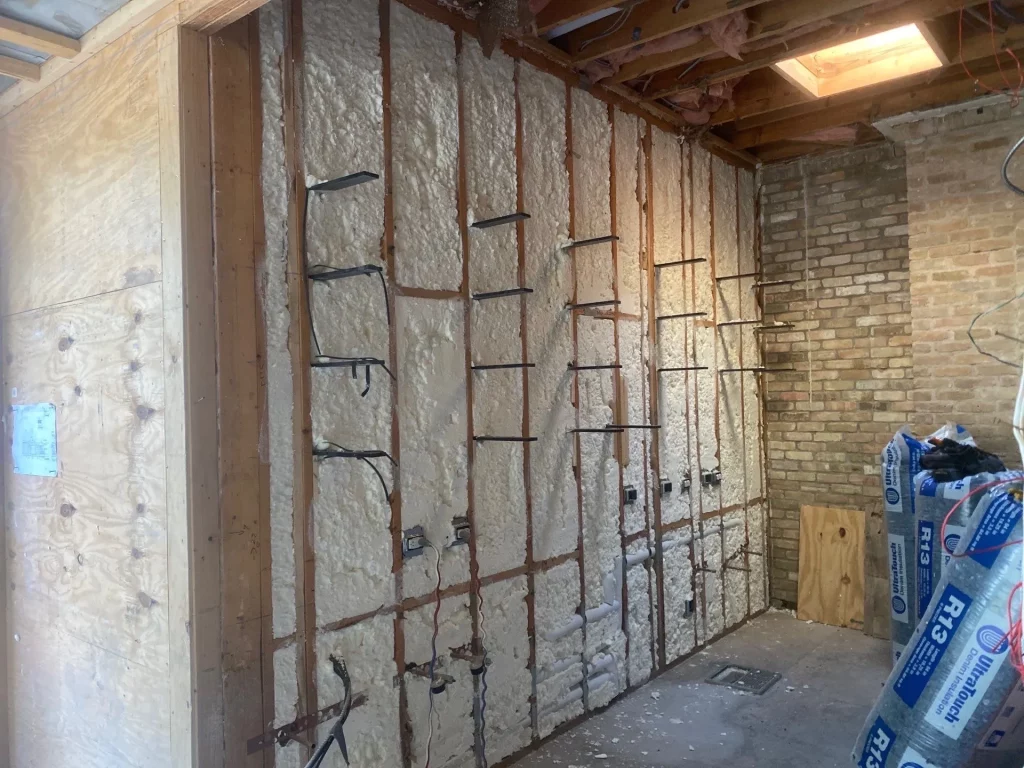
Frequently Asked Questions About Spray Foam Insulation Installation
Is spray foam insulation safe for indoor use?
Yes, once cured, spray foam is inert and safe. During install, professionals use containment to limit exposure. Choose low-VOC products certified by GREENGUARD for sensitive areas like bedrooms.
How much does spray foam installation cost?
Expect $1-3 per square foot for materials and labor, varying by type and location. Open-cell runs cheaper at $0.50-$1 per board foot; closed-cell $1-$2. Factor in prep work for accurate quotes.
Can I install spray foam myself?
Small DIY kits work for minor gaps, but full installs need pros for safety and evenness. Handling chemicals risks health issues, and mistakes void warranties.
Does spray foam work in hot climates?
Absolutely—it excels at blocking radiant heat. Closed-cell versions reflect up to 50% more heat than traditional insulation, keeping interiors cooler.
What maintenance does spray foam require?
Minimal. Inspect annually for damage from pests or impacts. No settling means it maintains performance without top-ups.
Will spray foam increase my home’s value?
Often yes, by improving efficiency ratings. Energy Star homes with spray foam appraise higher, appealing to eco-conscious buyers.
Putting Your Spray Foam Insulation Strategy into Action
You’ve now covered the essentials: from types and installation steps to contractor picks and overcoming hurdles. Spray foam offers lasting efficiency, comfort, and value when done right. Refer back to sections as needed—use the checklists for prep and the tips for tweaks. Start by assessing your property’s needs, then consult local codes. With this knowledge, you’re set to enhance your space effectively and enjoy the benefits for decades.
Need Expert Guidance?
For personalized advice on spray foam installation, reach out to Stellrr. Our team at info@stellrr.com or (512) 710-2839 can discuss your project, provide quotes, and ensure a smooth process. Whether it’s a home retrofit or commercial upgrade, Stellrr brings reliable expertise to deliver results that stand the test of time. Contact us today to get started.
Sources
- U.S. Department of Energy – Guide on home insulation benefits and energy savings.
- Building Science Corporation – Research on air leakage and insulation performance.
- Oak Ridge National Laboratory – Study on spray foam R-values and retrofits.


